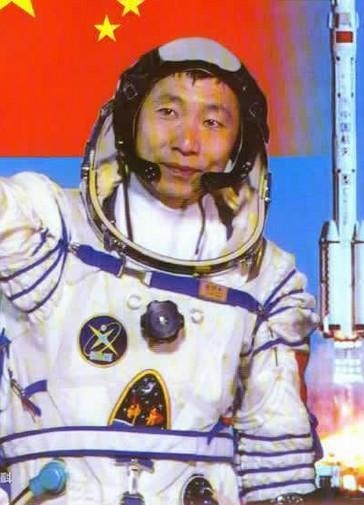I exerted my whole body, my muscles were tense, and my whole body contracted like a piece of iron.

"A Day in Space" text explanation
This article is excerpted from Chapter 6 of "Nine Levels of Heaven and Earth". It is divided into four subtitles, each with its own focus, forming a relatively complete chapter: starting from the launch of the rocket and ending with the landing of the spacecraft. From the content point of view, the first and fourth sections are mainly narrative, describing the process of ascension and landing respectively; the middle two sections are mainly description, describing the experiences in space.
When teaching, you should focus on the following contents:
(1) According to the prompts of the subtitles, grasp the key points of each section. The title of the first section is "I thought I was going to die", which refers to "When the rocket rose to an altitude of thirty or forty kilometers, the rocket and the spacecraft began to shake sharply and resonate. This made me feel very painful." This is the focus of this narrative.
In "those unbearable 26 seconds", "I really thought I was going to die." Fortunately, there was no danger. "I" blinked and the ground command hall cheered and applauded, indicating that "I" had overcome the difficulty.
The second section is titled "What I Saw" and is written in order from largest to smallest. The first thing you see is the arc-shaped earth. Secondly, the orientation of each continent is judged by "the outline of the mountains, the direction of the coastline, and the shape of the rivers." Then you write "when you reach the sky above China" and carefully identify which province you have reached. Where is Beijing.
However, "I" "did not see the Great Wall." The author was disappointed and came to the conclusion: "In space, there is actually no single artificial structure visible." The title of the third section is "Mysterious Knocks" "Sound", first wrote "the illusion of 'putting the cart before the horse'", and then the mysterious sound;
The former was later alleviated due to improvements to the spacecraft cabin, while the latter remains an unsolved mystery. The fourth section is titled "The journey home is so thrilling", focusing on the tension, pressure and fear that the cracks in the ship's porthole brought to "me".
(2) According to the requirements of the first question of "Thinking and Inquiry", find out the unexpected situations the author encountered in space and his "mental activities or actions". In addition to the key points of each section listed above, there are many unexpected situations, large and small, which can be summarized from different perspectives.
For example, which ones were experienced during training, which ones were "sudden, unplanned, and for unknown reasons"; which ones were solved or understood later, and which ones are still unresolved to this day.
(3) According to the requirements of the second question of "Thinking and Inquiry", give examples to analyze the "rigorous and scientific attitude" shown by the author in the article. For example, "I tried several times to find the Great Wall, but to no avail", and I refused to sign when I heard the recording "didn't sound like it was at that time".
(4) According to the requirements of the third question of "Thinking and Inquiry", expand and understand the emotions contained in the lines of the article. This includes "my" love for the mountains and rivers of the motherland and relatives, enthusiastic guidance to colleagues (new astronauts), ground personnel's concern for "me", etc. The connotation of this article is excavated from the perspective of emotions, attitudes, and values.
(5) Understand the structure and writing characteristics of this article. Based on the above content summary and problem discussion, the structure diagram of the text can be drawn in the form of writing on the blackboard during teaching: the first and fourth sections are vertical narratives, and the second and third sections are horizontal descriptions.
On this basis, further analysis is made: in the first and fourth sections, one is about liftoff and the other is about landing. They are of equal length, similar content, and the same style. They are all supported by the core content, forming an "opposite symmetry" narrative model. ; The second and third sections all describe what is seen and felt in the air, highlighting the beauty and magic of space scenery, forming a parallel and complementary description mode.
Comparative anaphora is also a prominent feature of this article. For example, at the end of the first section, the ground commander shouted "Yang Liwei is still alive", and at the end of the fourth section (also the end of the whole article), Yang Liwei's psychological activities were written: "They found the spaceship, and people are coming from outside!" One wrote "Big family" "The members care about the "I" in space, and the "I" who writes about returning to the ground is eager to return to the "big family."
For another example, Yang Liwei explains the dangers of space to the new astronauts, which is in sharp contrast to the Russian astronauts' "not explaining". From this, we can see the differences in the two parties' working methods and ways of dealing with people, as well as different emotions, attitudes, and values.
THE END
Text/Official website of People’s Education Press
Picture/People's Daily Online
Collection/Xie Ranyun
Articles are uploaded by users and are for non-commercial browsing only. Posted by: Lomu, please indicate the source: https://www.daogebangong.com/en/articles/detail/tai-kong-yi-ri-ke-wen-jiang-jie.html

 支付宝扫一扫
支付宝扫一扫 
评论列表(196条)
测试